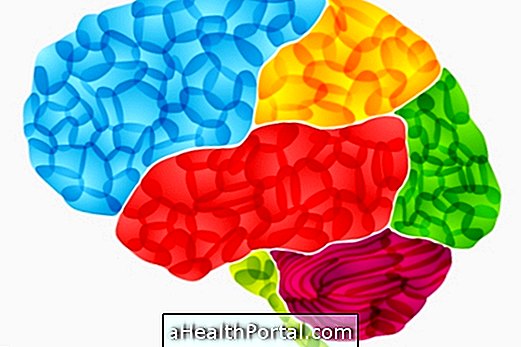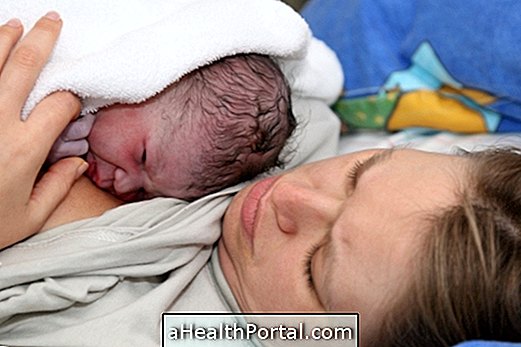Cerebral catheterization is a treatment option for Cerebral Vascular Accident (CVA), which corresponds to disruption of blood flow to some regions of the brain due to the presence of clots, for example, in some vessels. Thus, cerebral catheterization aims to remove the clot and restore blood flow to the brain thus avoiding stroke-related sequelae. Learn what causes stroke and how to avoid it.
This procedure is done under general anesthesia and in the absence of complications, the patient is released from the hospital 48 hours after the procedure.
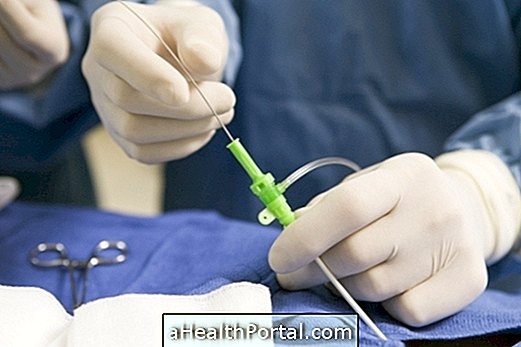
How is done
Cerebral catheterization is done by placing a flexible tube, the catheter, which runs from the artery located in the groin to the brain vessel that is blocked so that the clot is removed. Removal of the clot through catheterization can be aided by the administration of anticoagulants, which further increases the efficacy of this treatment.
This procedure is noninvasive, made from a small cut in the groin, and is performed under general anesthesia. If there are no complications, the person can be released from the hospital 48 hours after the procedure.
The brain can not withstand the lack of blood and oxygen for a long time, so it is important that the catheterization is performed as soon as possible to avoid major damage. Thus, the success of the treatment depends on the length and time that the vessel occlusion occurred.
Cerebral catheterization is indicated within 24 hours of the onset of stroke symptoms and is recommended for people who have a major obstruction in any cerebral artery or in persons whose treatment by administration of anticoagulant drugs directly into the vein is not effective. See other ways to treat stroke.
Possible risks
Like any other surgical procedure, cerebral catheterization may have some risks, such as bleeding in the brain or where the catheter was inserted. However, despite this, this procedure is considered safe and very efficient, being able to avoid the sequelae of the stroke, which can be quite serious and debilitating. Learn what can happen after you have a stroke.
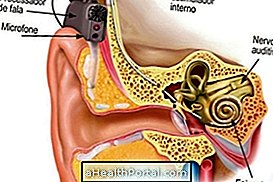






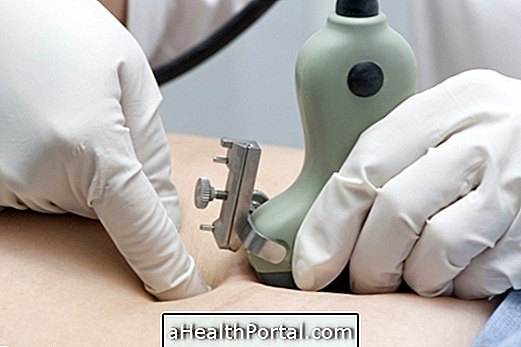


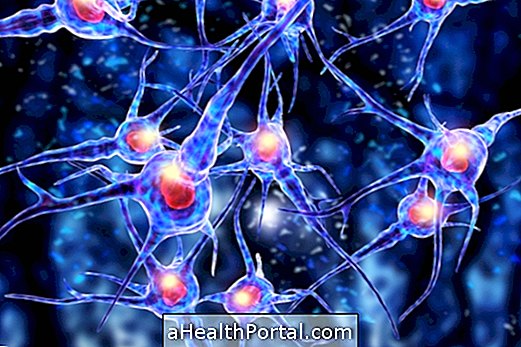
/como--feito-o-tratamento-para-coronavrus-(covid-19).jpg)



